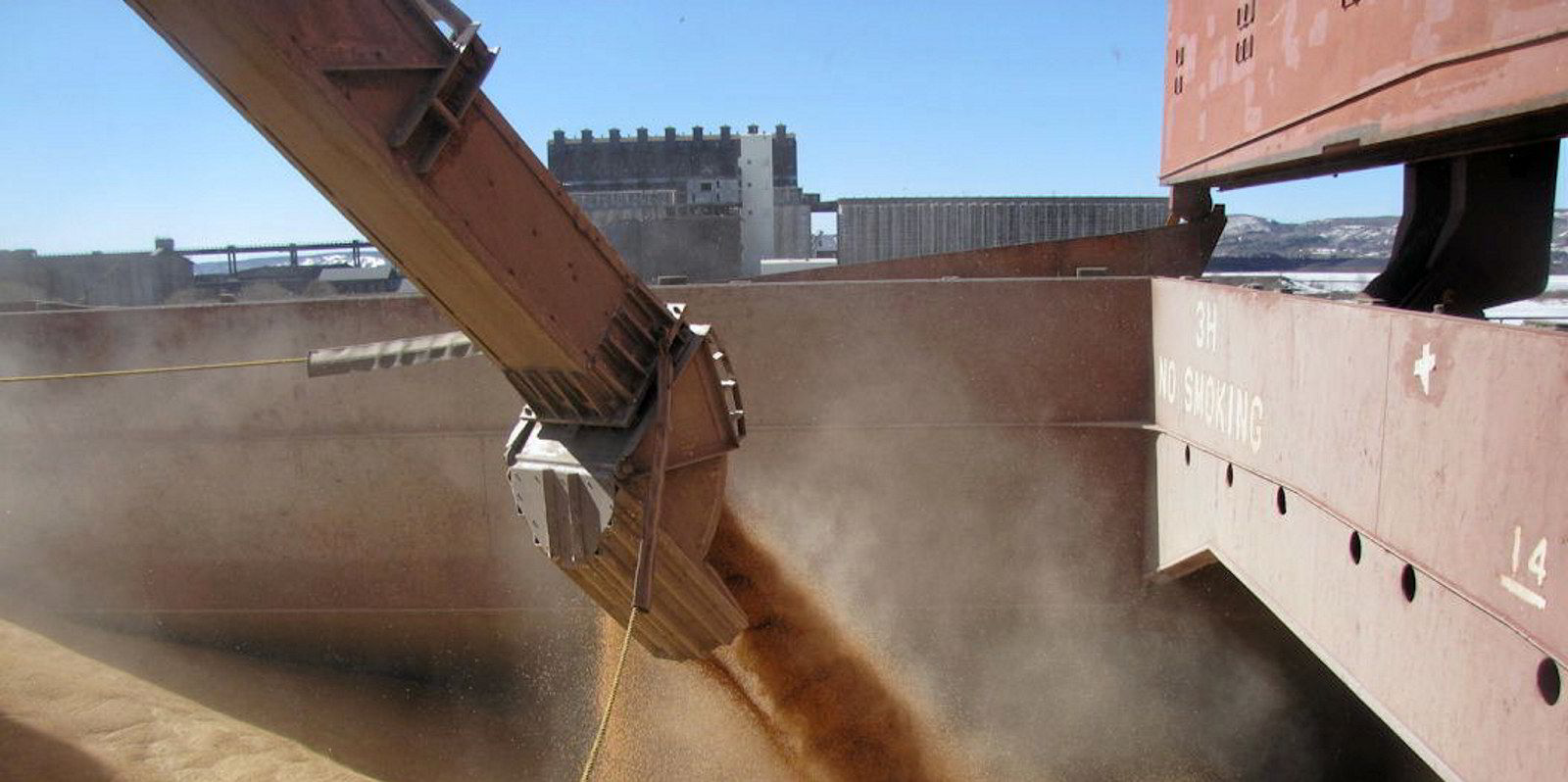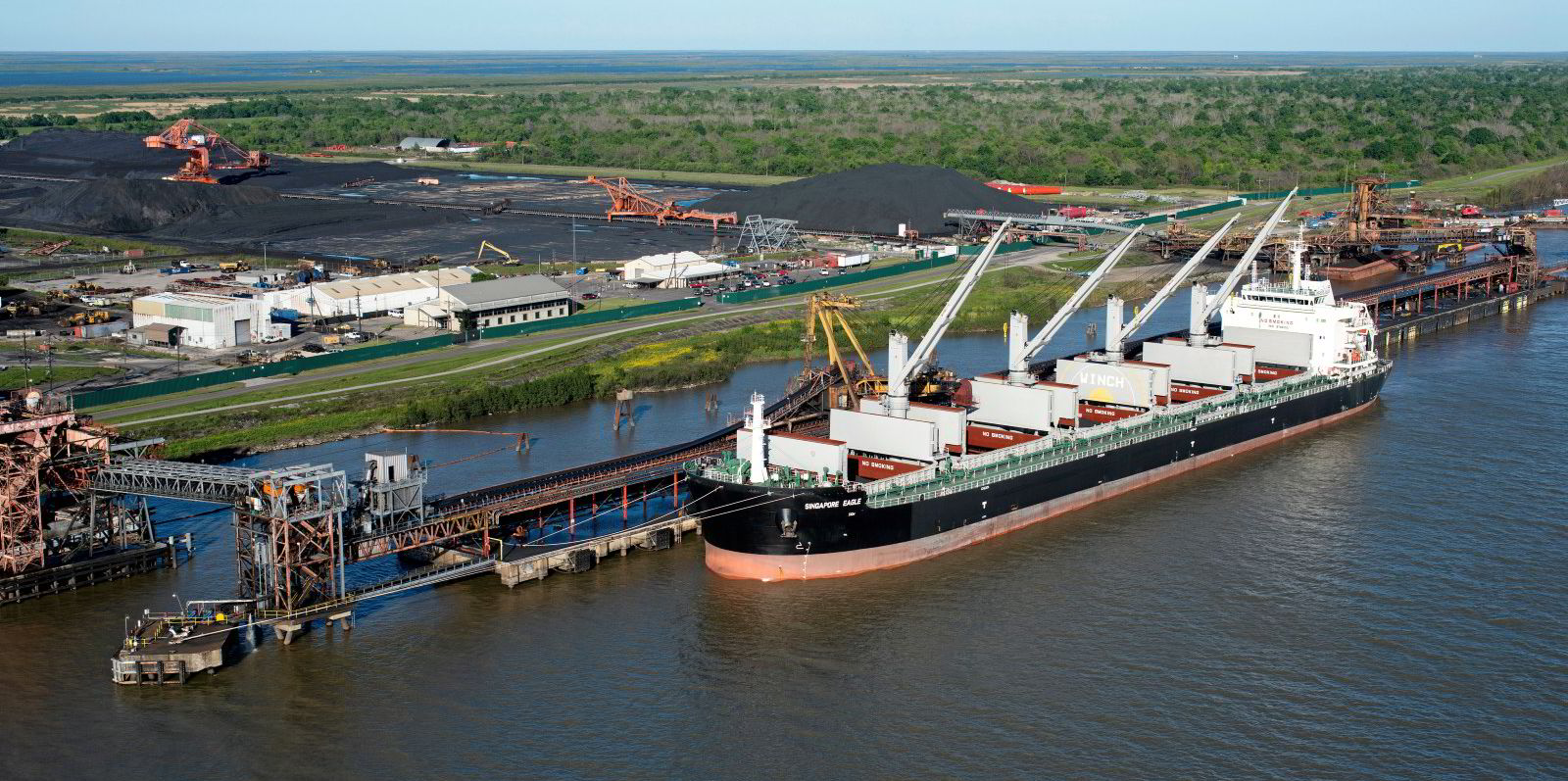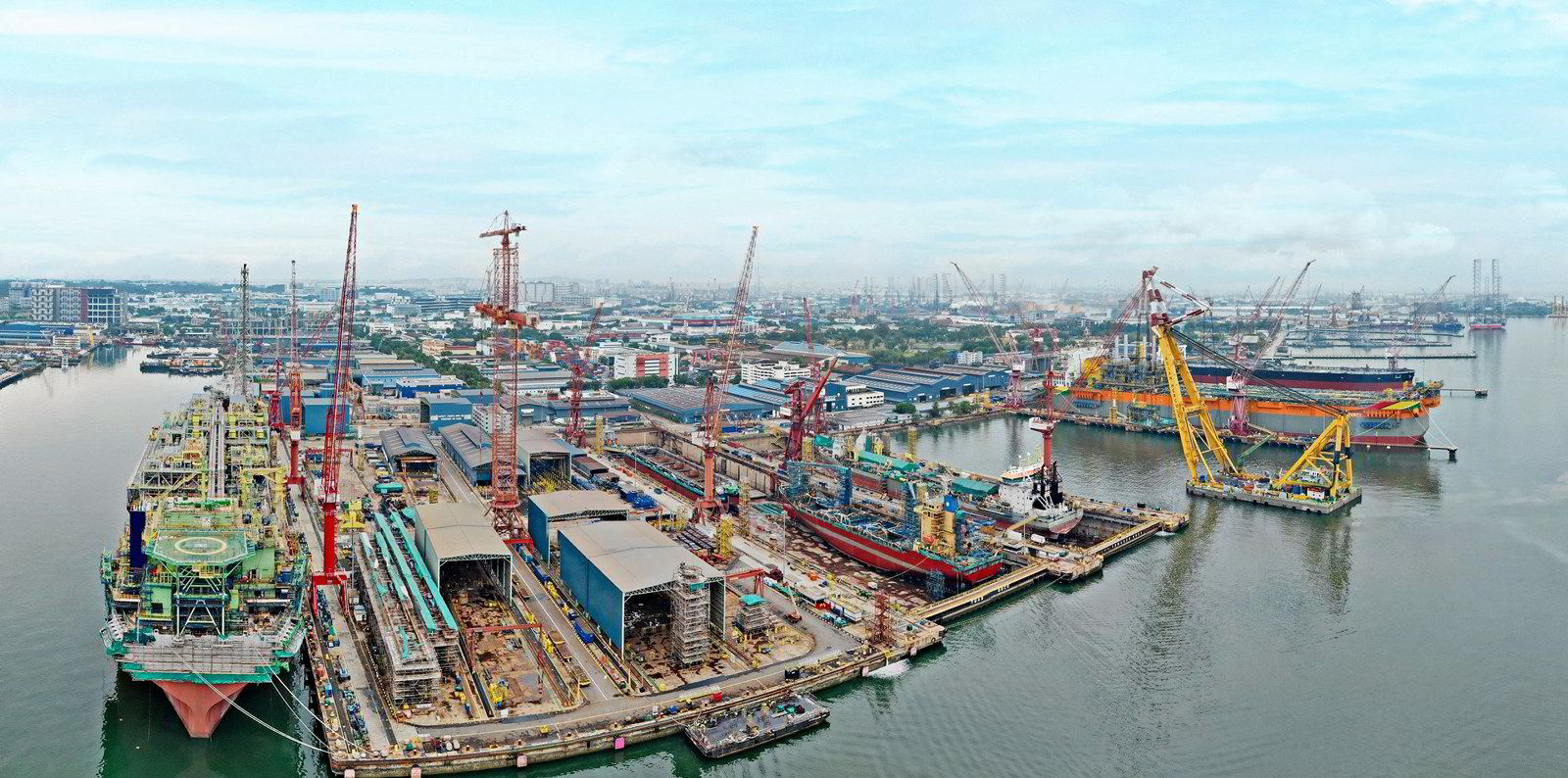Bulker markets are set to make a comeback later this year, ahead of an “extremely bullish” outlook from 2025 onwards, according to Fearnleys.
The Norway-headquartered shipbroking group said on Wednesday that it expects a “broad-based upcycle” in dry bulk markets will begin sometime between the final three months of this year and the second quarter of 2024.
“Consequently, I think it could be a good idea to position for this during the coming months and quarters,” analyst Bernhard Andres Baardson said while presenting the research at the Astrup Fearnley Shipping and Energy Conference in Oslo on Wednesday.
But the first half of this year is unlikely to impress. Fearnleys expects average bulker earnings to be “considerably lower” than in the first six months of last year and it be much the same for capesizes.
This will mean more potential downside for bulker asset values during the first half of this year, according to the firm. Panamax, supramax and handysize values could have as much as 10% to 20% more potential downside during this time, Baardson said. But pricing will receive support as the current glut of Japanese sellers exit the market from March, at the end of their fiscal year.
Fearnleys thinks the bulker market cycle will bottom out during the first quarter this year — sooner than in the third quarter as the firm had expected previously.
“I think it will happen a bit earlier, primarily because of China’s reopening and stimulus,” Baardson said. “On the demand side this year, the picture is a bit mixed.”
He said the firm is very bullish on 30% of dry bulk commodities, namely China’s iron ore imports thanks to stimulus measures and good soybean crops in Brazil and potentially the US.
“What’s happening in grain markets as a result of the fertiliser shortage is that the farmers are planting more soybeans relative to wheat and corn,” he said.
Demand for coal is expected to continue to be bullish this year, following the all-time highs in consumption seen in 2022.
But Fearnleys has adjusted its expectations on how much coal demand will grow in the next 12 months because of logistical uncertainties in major exporting countries.
“There’s an issue of seaborne supply,” Baardson said. “All the major exporters — Australia, Indonesia, Russia, US, South Africa and Colombia — they all had some supply issues that were hampering exports the last few years, like strikes or inland logistics problems, green regulations and, in the case of Russia, sanctions.”

He added that the outlook is also not so optimistic for minor bulks and for demand growth in the rest of the world excluding China due to the weak global macroeconomic backdrop.
During the second half of this year, Fearnleys expects earnings for midsize bulkers to be roughly the same as last year, while average capesizes earnings will see a year-on-year rise.
Baardson said fleet growth will be “extremely low” from 2025 onwards, which makes the long-term outlook “extremely bullish”.
“From next year onwards and probably in 2025, we will see extremely low supply growth because we think newbuilding orders will remain at relatively low levels,” he said. “That is due to scarce yard capacity, high prices, squeezed by bank financing as well as green regulations.”
This comes up against an impending need for fleet renewal. By 2026, some 40% of the global bulker fleet will be 15 years old or over, according to Fearnleys research.
The ratio of bulkers to the existing fleet is 7.2%, the lowest level since the 1980s, according to Fearnleys.
Fearnleys expects bulker supply to grow by 2.8% this year and by just 1.4% in 2024.





